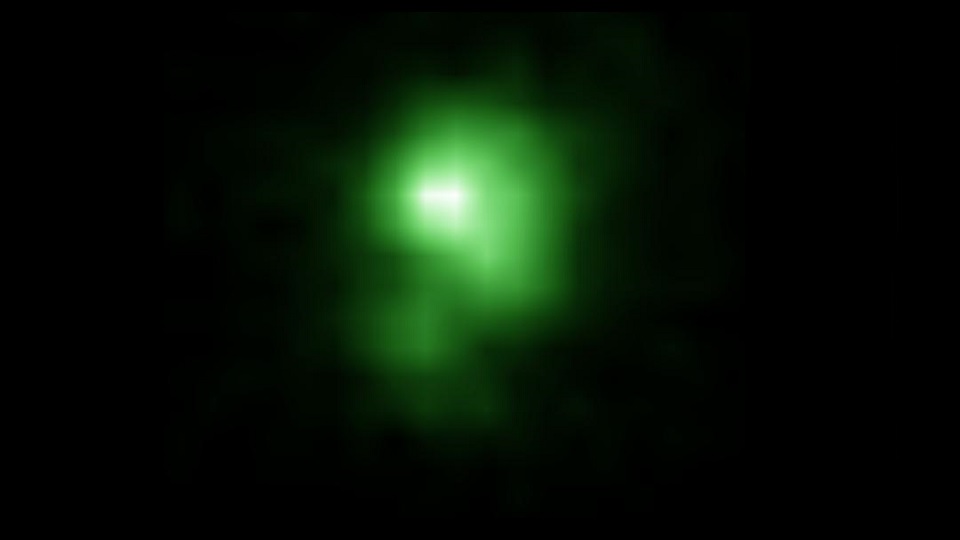-
Tips for becoming a good boxer - November 6, 2020
-
7 expert tips for making your hens night a memorable one - November 6, 2020
-
5 reasons to host your Christmas party on a cruise boat - November 6, 2020
-
What to do when you’re charged with a crime - November 6, 2020
-
Should you get one or multiple dogs? Here’s all you need to know - November 3, 2020
-
A Guide: How to Build Your Very Own Magic Mirror - February 14, 2019
-
Our Top Inspirational Baseball Stars - November 24, 2018
-
Five Tech Tools That Will Help You Turn Your Blog into a Business - November 24, 2018
-
How to Indulge on Vacation without Expanding Your Waist - November 9, 2018
-
5 Strategies for Businesses to Appeal to Today’s Increasingly Mobile-Crazed Customers - November 9, 2018
Green pea galaxy could illuminate early cosmic evolution
After the Big Bang, the Universe expanded and, by cooling down, matter began to take shape progressively.
Advertisement
Both the new stars and galaxies were so hot that they stripped electrons from neutral gases, triggering the re-ionization that made the universe visible.
The researchers believe it is action like this that reionized hydrogen – the universe’s most abundant element – 13 billion years ago. Cosmic reionization started out as a flashlight revealing what was out in the darkness. But 380,000 years later, the expansion of the universe had cooled it enough for matter to become neutral and for the first structures of the universe to form – gas clouds of hydrogen and helium.
“These discoveries represent an important step for studies of the early Universe”, said the statement.
Scientists have long suspected that galaxies were responsible for cosmic ionization. The ionizing photons are ejected through stellar explosions or very strong winds. Researchers have yet to find a galaxy capable of emitting enough ionizing radiation to trigger such an event.
“This galaxy appears to be an excellent local analog of the numerous dwarf galaxies thought to be responsible for the reionization of the early universe”, lead researcher Trinh Thuan, an astronomer at the University of Virginia, said in a press release. Dubbed J0925, the green pea galaxy ejects photons actively, leading to rapid rates of hydrogen ionization.
Astronomers from Daniel Schaerer’s research group at the university’s Department of Astronomy, and an global team, chose to observe “green pea” galaxies.
Stars emit UV radiation and ionizing photons necessary to heat and strip surrounding gas. “The finding is significant because it gives us a good place to look for probing the reionization phenomenon, which took place early in the formation of the universe that became the universe we have today”. Yuri Izotov, from the National Academy of Sciences of Ukraine and first author of the paper, has examined the Sloan Survey – a database of more than 1 million galaxies. Now, as they reported in a recently-published Nature study, the Geneva team believes it has found the answer: a class of high-energy galaxies known as “green pea galaxies”. They choose 5,000 galaxies from the data that emit very intense UV radiation and only five were shortlisted for examiantion through Hubble telescope including green pea galaxy J0925.
Further observations with Hubble should firm up this result, it added.
According to the astronomers, J0925+1403 is a “green pea” galaxy located at a distance of 3 billion light-years away.
These observations could be a big step forward in the research of the early universe, according to the researchers.
Advertisement
Trinh also notes that observations like these made it possible to expand space exploration with the next instrument, the James Webb Space Telescope, which will succeed the Hubble in 2018.




























